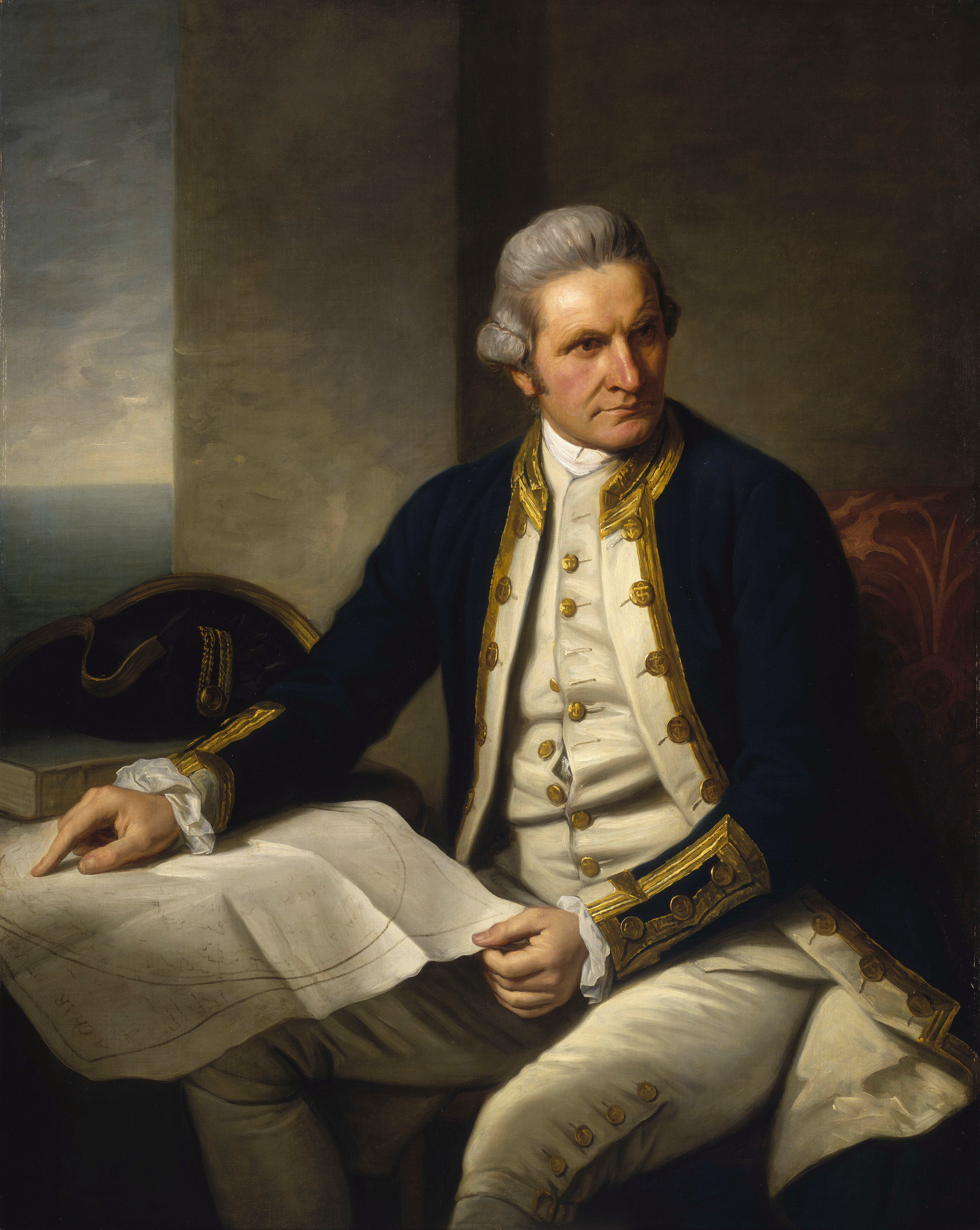|
HMS Integrity
Several ships have served the Royal Navy under the name HMS ''Integrity''. * was a cutter built at New South Wales for the colonial government and lost without trace in 1805. Admiralty records suggest that she was purchased or built in 1805, which is incorrect, and that she was listed until 1810. *''Integrity'' (BAT-4) was launched 28 March 1942 by Levingston Shipbuilding Co., Orange, Texas, under contract from General Motors. She was completed and delivered to Great Britain under Lend-Lease 15 July 1942. She served as an ocean rescue tug with the Royal Navy, which returned her to the United States Navy at Subic Bay, Philippine Islands, on 19 February 1946. Stricken from the U.S. Navy List on 12 April 1946. The United States Navy turned her over to the State Department Foreign Liquidation Commission and she was subsequently sold to T. Y. Fong. In addition, the National Maritime Museum database lists three other vessels named ''Integrity'' *''Integrity'' - drifter 86/07, hired f ... [...More Info...] [...Related Items...] OR: [Wikipedia] [Google] [Baidu] |
Royal Navy
The Royal Navy (RN) is the United Kingdom's naval warfare force. Although warships were used by Kingdom of England, English and Kingdom of Scotland, Scottish kings from the early medieval period, the first major maritime engagements were fought in the Hundred Years' War against Kingdom of France, France. The modern Royal Navy traces its origins to the early 16th century; the oldest of the British Armed Forces, UK's armed services, it is consequently known as the Senior Service. From the middle decades of the 17th century, and through the 18th century, the Royal Navy vied with the Dutch Navy and later with the French Navy for maritime supremacy. From the mid 18th century, it was the world's most powerful navy until the World War II, Second World War. The Royal Navy played a key part in establishing and defending the British Empire, and four Imperial fortress colonies and a string of imperial bases and coaling stations secured the Royal Navy's ability to assert naval superiority ... [...More Info...] [...Related Items...] OR: [Wikipedia] [Google] [Baidu] |
National Maritime Museum
The National Maritime Museum (NMM) is a maritime museum in Greenwich, London. It is part of Royal Museums Greenwich, a network of museums in the Maritime Greenwich World Heritage Site. Like other publicly funded national museums in the United Kingdom, it has no general admission charge; there are admission charges for most side-gallery temporary exhibitions, usually supplemented by many loaned works from other museums. Creation and official opening The museum was created by the National Maritime Museum Act 1934 under a Board of Trustees, appointed by HM Treasury. It is based on the generous donations of Sir James Caird (1864–1954). King George VI formally opened the museum on 27 April 1937 when his daughter Princess Elizabeth accompanied him for the journey along the Thames from London. The first director was Sir Geoffrey Callender. Collection Since the earliest times Greenwich has had associations with the sea and navigation. It was a landing place for the Romans, He ... [...More Info...] [...Related Items...] OR: [Wikipedia] [Google] [Baidu] |
Naval Drifter
A naval drifter is a boat built along the lines of a commercial fishing drifter but fitted out for naval purposes. The use of naval drifters is paralleled by the use of naval trawlers. Fishing trawlers were designed to tow heavy trawls, so they were easily adapted to tow minesweepers, with the crew and layout already suited to the task. Drifters were robust boats built, like trawlers, to work in most weather conditions, but designed to deploy and retrieve drift nets. They were generally smaller and slower than trawlers. If requisitioned by navies, they were typically armed with an anti-submarine gun and depth charges and used to maintain and patrol anti-submarine nets. __NOTOC__ World War I Like fishing trawlers, the Royal Navy requisitioned many fishing drifters for conversion to naval use during World War I. In addition, 362 naval drifters were ordered to Admiralty specifications (and thus are often referred to as "Admiralty drifters").Gardiner et al., p. 104 Shipyards us ... [...More Info...] [...Related Items...] OR: [Wikipedia] [Google] [Baidu] |
Drifter (fishing Boat)
A drifter is a type of fishing boat. They were designed to catch herring in a long drift net. Herring fishing using drifters has a long history in the Netherlands and in many British fishing ports, particularly in East Scottish ports. Until the mid-1960s fishing fleets in the North Sea comprised drifters and trawlers, with the drifters primarily targeting herring while the trawlers caught cod, plaice, skate and haddock, etc. By the mid-1960s the catches were greatly diminishing, particularly the herring. Consequently, the drifter fleet disappeared and many of the trawlers were adapted to work as service ships for the newly created North Sea oil rigs. Some history of drifters is covered in Scottish east coast fishery. Drifters preserved as museum ships include ''Lydia Eva'', a steam drifter of the herring fishing fleet based in Great Yarmouth, Norfolk, and ''Reaper'', a restored Scottish Fifie herring drifter at the Scottish Fisheries Museum. [...More Info...] [...Related Items...] OR: [Wikipedia] [Google] [Baidu] |

